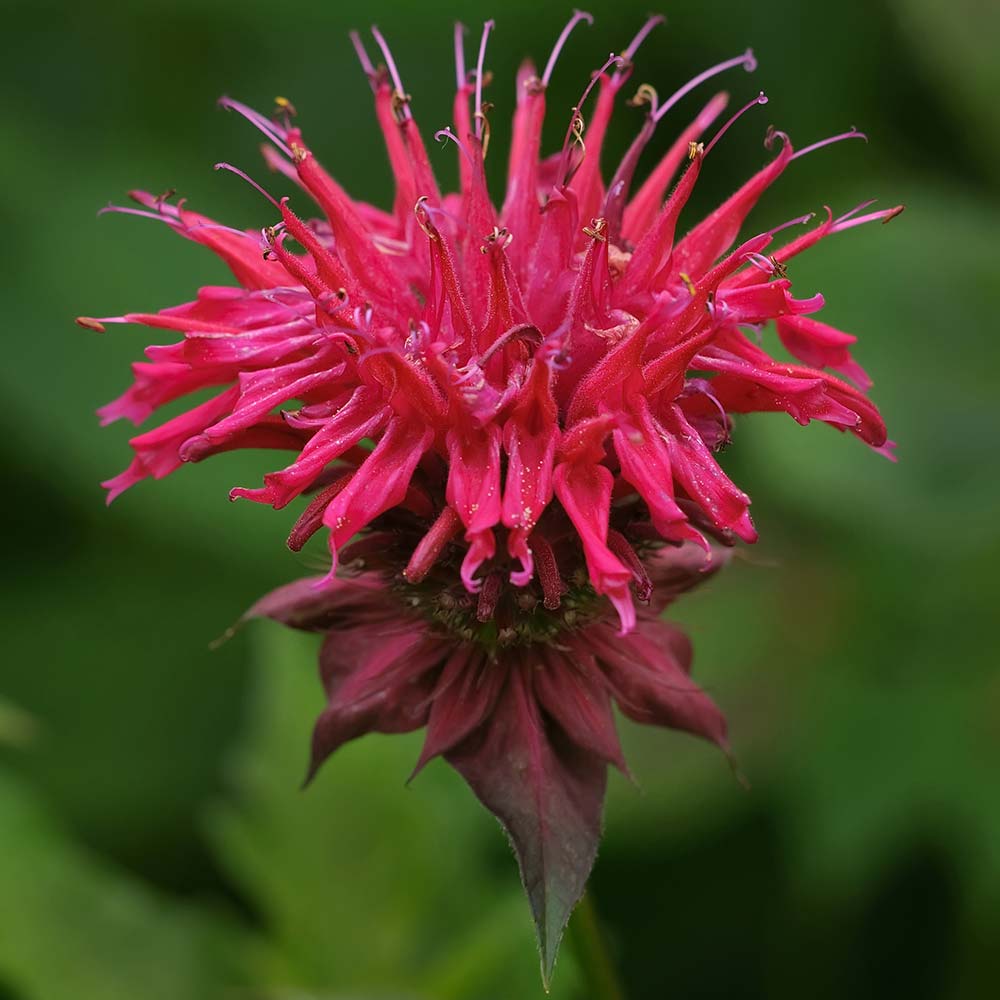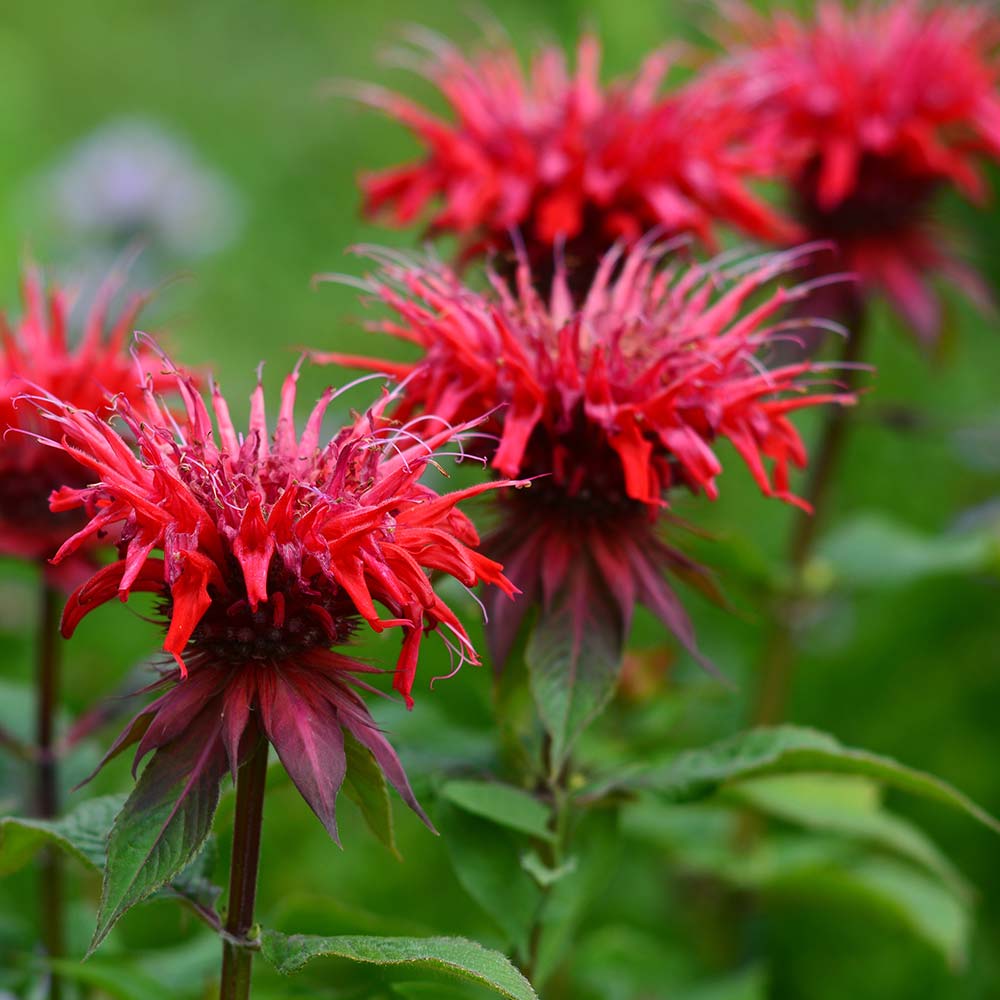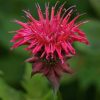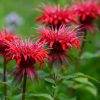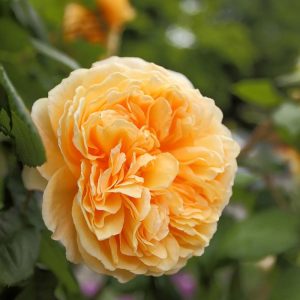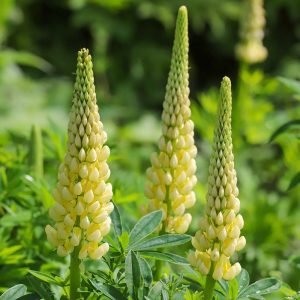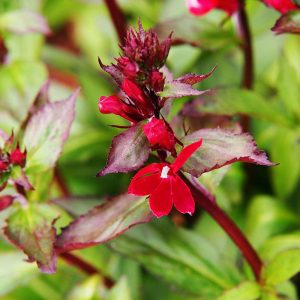Description
Monarda, also known as bee balm, is a stunning herbaceous perennial that produces brightly-colored flowers in shades of pink, purple, red, and white. The blooms are borne in large clusters on upright stems, creating a vibrant display from midsummer to early fall. The foliage is also noteworthy, with aromatic leaves that release a pleasant scent when crushed. Monarda is a hardy plant that is easy to grow in full sun to partial shade and well-drained soil. It is also an excellent choice for attracting pollinators such as bees, butterflies, and hummingbirds to the garden. Companion plants for monarda include other sun-loving perennials such as echinacea, rudbeckia, and agastache.
Key Facts
- Common Name(s):Red bergamot
- Hardiness:Fully hardy through most of the UK
- How big will I get? Monarda didyma ‘Red Shades’ can grow to a height of 1m and a spread of 0.5m.
- Did You Know That:Monarda has been used by many Native American tribes as a medicinal herb?
Plant Calendar
A rough guide to how this plant will change through the year.
| Jan | Feb | Mar | Apr | May | June | July | Aug | Sept | Oct | Nov | Dec | |
| Flowering Time |  |
 |
 |
|||||||||
| Foliage Colour |  |
 |
 |
 |
 |
 |
 |
 |
 |
| J | F | M | A | M | J | J | A | S | O | N | D |
 |
 |
 |
|||||||||
 |
 |
 |
 |
 |
 |
 |
 |
 |
Care Guide

Soil Requirements
Monarda didyma ‘Red Shades’ prefers moist but well-draining soil. This plant can grow in soil with a wide range of pH levels, it is not picky about the pH level of the soil.

Best Position
Monarda didyma ‘Red Shades’ can handle either an exposed or a sheltered position and requires full sun to thrive, this consists of more than six hours of direct sunshine per day.

Maintenance
Monarda didyma ‘Red Shades’ should be deadheaded regularly to promote the production of new flowers, it can then be cut back hard once the flowering period is over, this will help to promote plenty of fresh growth the following Spring.

Pest, Diseases and Wildlife
Monarda didyma ‘Red Shades’ can have problems with slugs, it can be vulnerable to certain diseases such as powdery mildews. It is also known to attract bees. It is not considered to be toxic.
